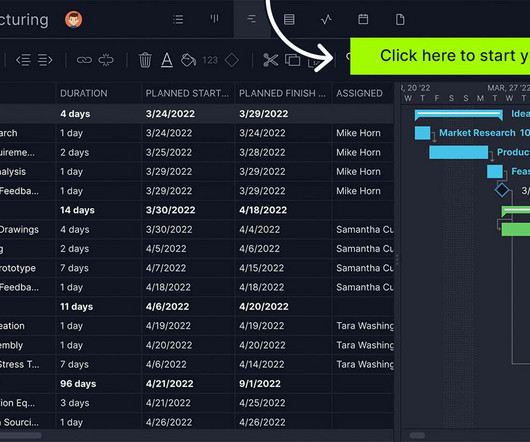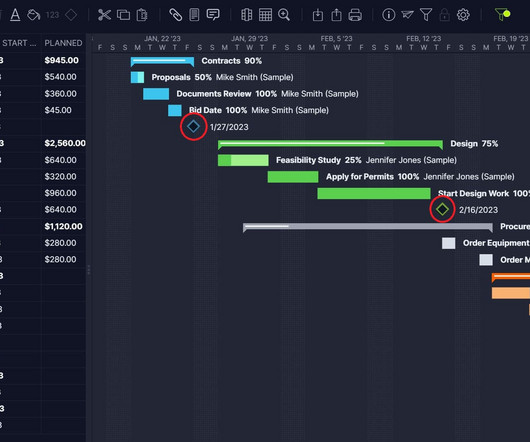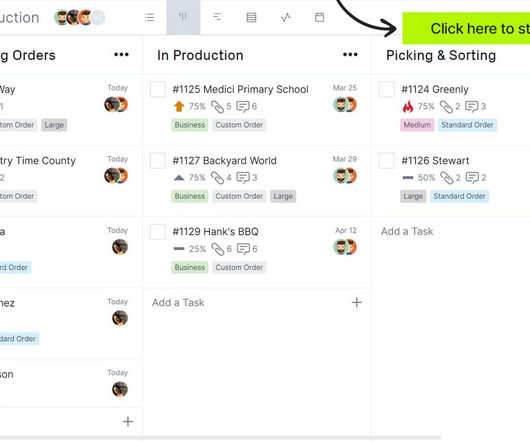Project Management Basics: Definitions, Methods and Tools
ProjectManager.com
MARCH 31, 2023
Now that we’ve determined what a project is, we can define project management as a discipline. What Is Project Management? Project management is a discipline that consists in using project management methodologies, tools and techniques to manage the project life cycle, which is a set of stages that are common to every project.














Let's personalize your content